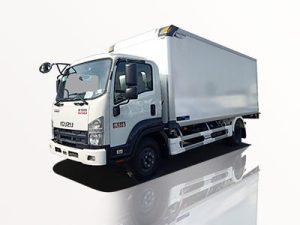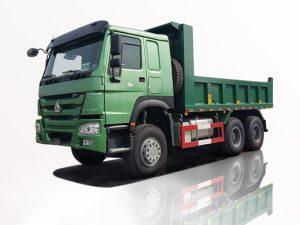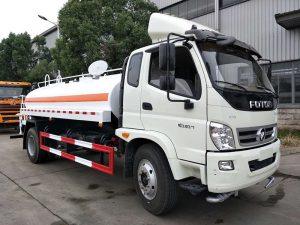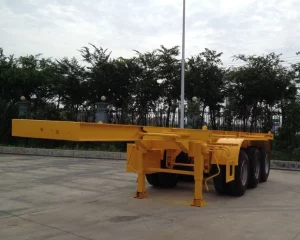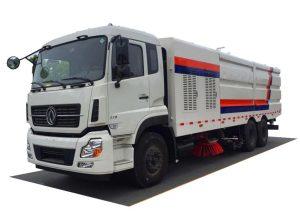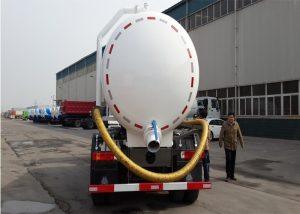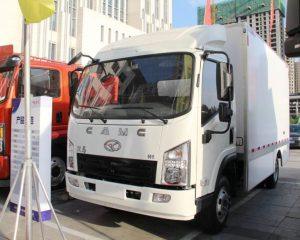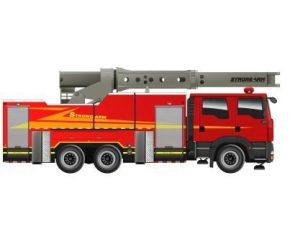Monday to Saturday - 8:00 -17:30
Understanding Fire Trucks in Airports: Essential Equipment for Aviation Safety
Airports are bustling hubs of activity, with numerous flights taking off and landing every day. Amidst this activity, safety is paramount, especially concerning aircraft and passenger safety during emergencies. One of the critical components of airport safety is the fire truck, specifically designed to handle aviation emergencies. This article explores the role, types, features, and operational aspects of fire trucks in airports, ensuring a comprehensive understanding of their importance in safeguarding lives and property.
The Importance of Fire Trucks in Airports
Fire trucks in airports serve a crucial purpose in ensuring rapid response during fire emergencies. Given the unique challenges presented by aircraft fires, these specialized vehicles are equipped to handle various incidents, including fuel fires and emergencies involving hazardous materials. Here’s why fire trucks are indispensable:
- Rapid Response: Airports operate under tight schedules, necessitating swift emergency responses.
- Specialized Equipment: Designed specifically to combat aviation-related fires, these trucks have tools and resources tailored for such situations.
- Passenger Safety: Protecting passengers, crew, and ground staff during an emergency is the top priority.
Types of Fire Trucks Used in Airports
1. ARFF Vehicles
Aviation Rescue and Firefighting (ARFF) vehicles are the main type of fire trucks used in airports. They are purpose-built with features to tackle aircraft fires.
| Feature | Description |
|---|---|
| High Water and Foam Capacity | ARFF vehicles typically carry 3,000 to 6,000 gallons of water and foam to tackle fuel fires. |
| Off-road Capability | The ability to traverse rough terrain is essential, as fires may occur on runways or taxiways. |
| Rapid Deployment Mechanisms | Firefighters can deploy foam and water quickly to suppress emerging fires. |
2. Crash Tenders
Crash tenders are specialized ARFF vehicles designed for quick access to aircraft in distress. Their configurations enable early intervention during fuel-related fire emergencies.
3. Fire Engines
Standard fire engines may also be used at airports, primarily for structural fires in terminal buildings or associated facilities.
Features of Airport Fire Trucks
1. Fire Suppression Systems
The effectiveness of fire trucks largely depends on their suppression systems, which typically include foam systems, water cannons, and dry chemical agents. These systems are vital for dealing with aviation fuel fires that require specialized foam for control.
2. Communication Equipment
Fire trucks in airports are equipped with advanced communication systems for coordination with airport control towers and other emergency services. Quick information exchange is crucial during an emergency to ensure timely action.
3. Safety Features
Many modern airport fire trucks come with safety features such as rollover protection and enhanced visibility through 360-degree cameras, making them safer for both the firefighters and the aerial firefighters.
Operational Protocols for Fire Trucks in Airports
1. Emergency Response Plans
Airports are required to have comprehensive emergency response plans that include detailed protocols for fire response. These plans ensure coordination between various airport agencies and firefighters.
2. Training and Drills
Regular training and drills for fire personnel are essential to ensure readiness. Firefighters must be familiar with aircraft types, fire suppression systems, and protocols for different emergencies.
3. Collaboration with Other Emergency Services
Firefighters at airports often work with local firefighting units and emergency medical teams to provide comprehensive emergency response.
Case Studies: Fire Truck Use in Airport Emergencies
1. Chicago O’Hare International Airport Incident
In a real-time emergency that occurred at O’Hare, a cargo aircraft experienced an engine fire upon landing. ARFF vehicles responded within minutes, employing foam suppression to control the fire while ensuring the safety of personnel on board.
2. Heathrow Airport Fire Drill
Heathrow conducted an annual fire drill, simulating an aircraft incident involving fuel spillage. Fire trucks demonstrated rapid deployment of water and foam, showcasing their readiness for real-world scenarios.
Maintenance and Management of Airport Fire Trucks
1. Regular Inspection Procedures
Routine inspections are vital for ensuring that fire trucks are operating correctly. These checks include examining hoses, water tanks, and emergency systems for reliability.
2. Maintenance Best Practices
Training personnel in basic maintenance procedures extends the life of fire trucks. This includes checking for corrosion, ensuring adequate fluid levels, and replacing worn-out components.
Innovations in Airport Firefighting
1. Use of Drones
New technologies, such as drone-assisted firefighting, are emerging as a crucial tool for improving situational awareness during emergencies. Drones can provide aerial views of incidents, helping coordinate fire response efforts more effectively.
2. Advanced Fire Suppression Technologies
Innovative fire suppression technologies such as water mist systems are being explored for their efficiency in extinguishing fuel fires with minimal water use.
Practical Tips for Airport Fire Safety
1. Regular Training
Conduct regular training sessions for airport staff on fire safety and emergency protocols to minimize panic during real incidents.
2. Public Awareness Campaigns
Develop campaigns that raise passenger awareness about emergency procedures to follow during flights and at the airport.
3. Up-to-Date Equipment
Ensure that all fire trucks and firefighting equipment are regularly updated and suitable for current airport needs.
Frequently Asked Questions
1. What type of fire truck is used in airports?
The primary type of fire truck used in airports is the Aviation Rescue and Firefighting (ARFF) vehicle.
2. How fast can a fire truck respond to an emergency at an airport?
Airport fire trucks are trained to respond within three minutes of an emergency alert.
3. What special features do airport fire trucks have?
Airport fire trucks typically have high-capacity water tanks, foam dispensing systems, and off-road capabilities for accessing aircraft quickly.
4. How is fire safety managed at airports?
Fire safety at airports is managed through comprehensive emergency response plans, regular training, and collaboration with local emergency services.
5. Are airport fire trucks different from regular fire engines?
Yes, airport fire trucks are specially designed with equipment and features suitable for aviation emergencies, unlike standard fire engines.
6. What role do fire prevention measures play at airports?
Fire prevention measures, including employee training and regular equipment maintenance, are vital to reduce the risk of fire incidents at airports.


